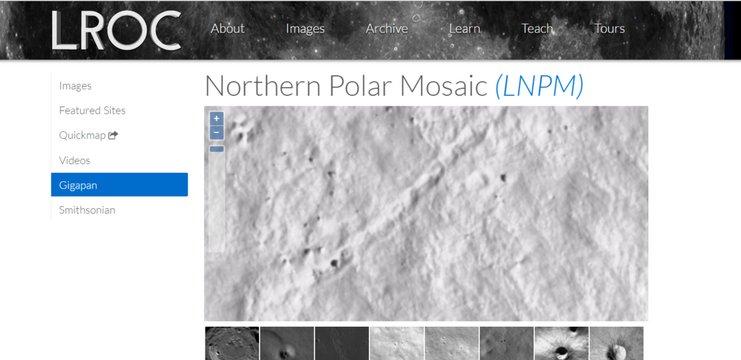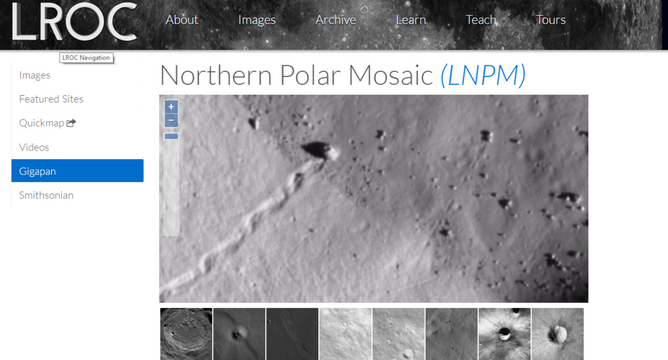SiGiL
Paranormal Maven
So I recently stumbled (yesterday) on a Reddit forum with Nasa's LROC images (Lunar Reconnaissance Orbiter) 680 gigapixels of valid image data covering a region of the Moon. So I click on it, and I immediately start zooming in to a random part of the massive collection of great quality images (10,581 of them to be exact)
Available PUBLICLY I might add...Mmm'kay... Gigapan | Lunar Reconnaissance Orbiter Camera You're very welcome.... AND....Dunn dun dunnnnn... I find this moon anomaly resembling snake tracks on sand of the lunar surface! :0 I don't know what to think of it, but scientist have discovered not too long ago that the moon DOES indeed have a thin atmosphere, and signs of H20, so who knows? Possible signs of life?! Or some natural occurring phenomenon that I'm not aware of. It also looks like its going inside a small creature lol Or coming from it. Can't make this stuff up folks (Or maybe you can) Please chime in folks and look for yourselves.
Please chime in folks and look for yourselves.
I've attached images where I found it, and where it is, so you guys can find it. Cheers!
Also, I don't think we (US) or and other country has landed anything there, so that kinda rules that out.
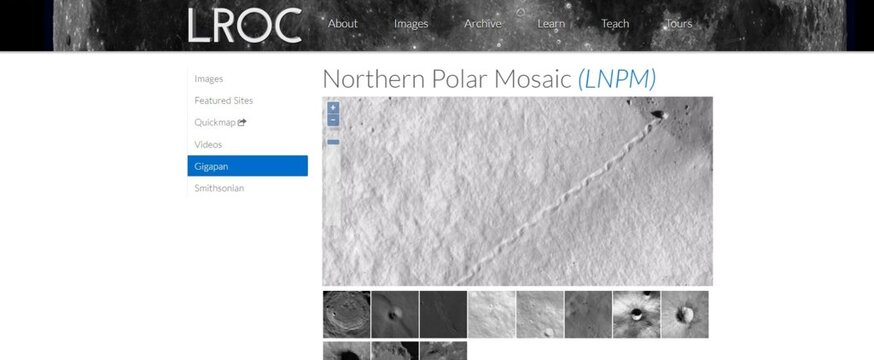
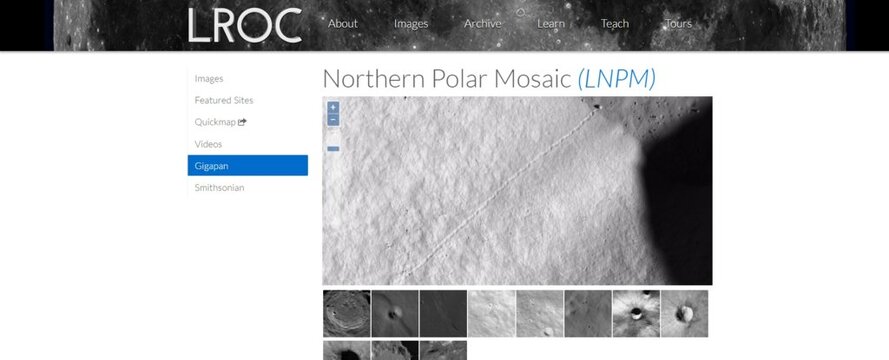
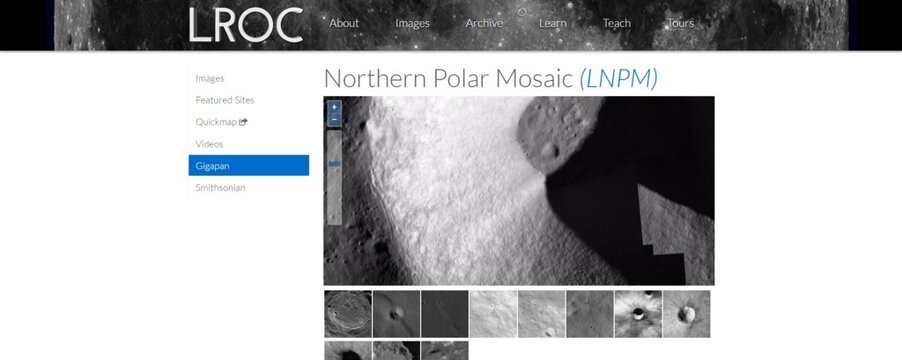
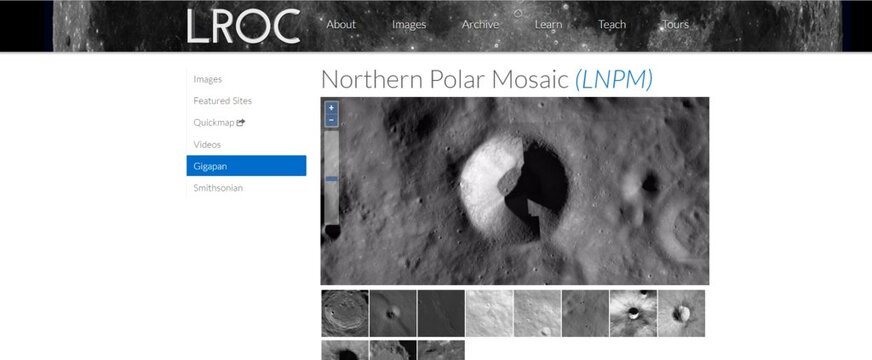
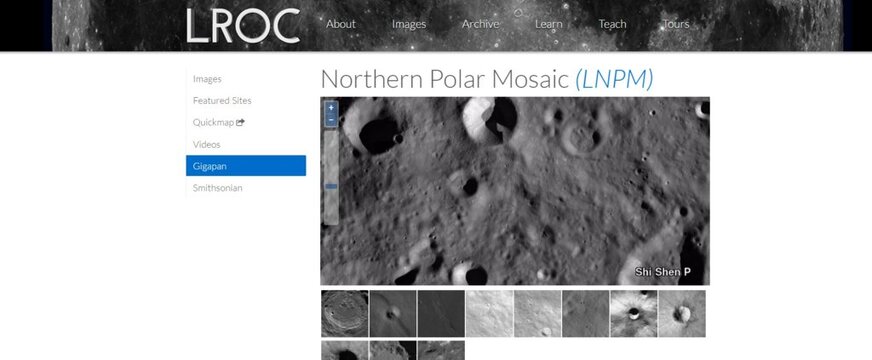
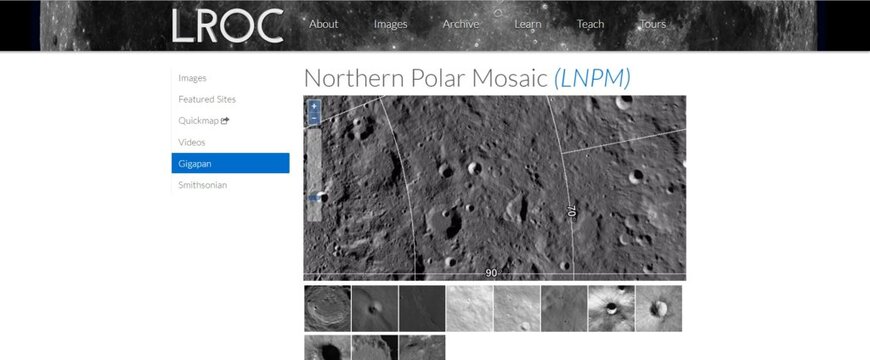
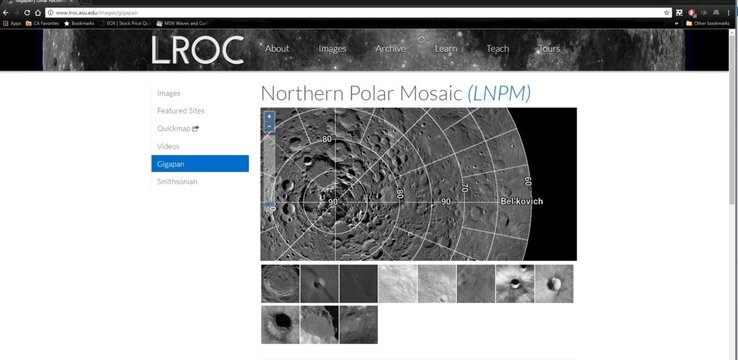
Available PUBLICLY I might add...Mmm'kay... Gigapan | Lunar Reconnaissance Orbiter Camera You're very welcome.... AND....Dunn dun dunnnnn... I find this moon anomaly resembling snake tracks on sand of the lunar surface! :0 I don't know what to think of it, but scientist have discovered not too long ago that the moon DOES indeed have a thin atmosphere, and signs of H20, so who knows? Possible signs of life?! Or some natural occurring phenomenon that I'm not aware of. It also looks like its going inside a small creature lol Or coming from it. Can't make this stuff up folks (Or maybe you can)
 Please chime in folks and look for yourselves.
Please chime in folks and look for yourselves.I've attached images where I found it, and where it is, so you guys can find it. Cheers!
Also, I don't think we (US) or and other country has landed anything there, so that kinda rules that out.








